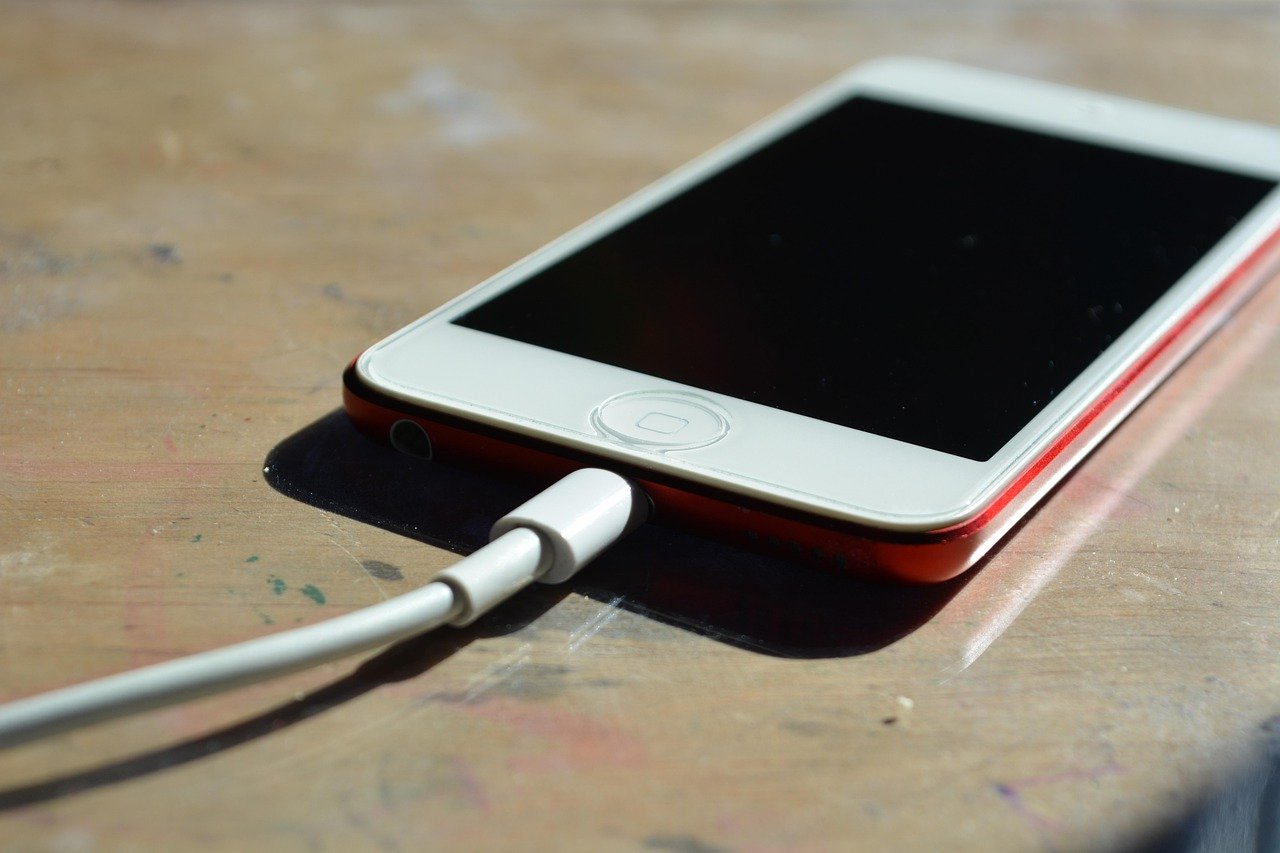What does having data on your phone mean? It’s a question many people ponder, especially as smartphones have become a central part of modern life. Understanding what “data” refers to and how it impacts your mobile experience is crucial in today’s digitally connected world. This article will explore everything you need to know about mobile data, helping you make informed decisions about your usage and how it affects your day-to-day life.

This image is property of pixabay.com.
Understanding Mobile Data
Mobile data is the internet connection provided by your cellular network, enabling you to browse websites, stream videos, download files, and engage with apps without needing a Wi-Fi connection. It acts as a gateway to the digital world when you’re on the move, keeping you connected even during your commute or while running errands.
How Mobile Data Works
Mobile data operates through radio waves transmitted by cell towers strategically placed to cover wide geographic areas. These towers communicate with your phone, allowing it to send and receive data from the internet.
When you use data, your phone connects to the closest cell tower operated by your service provider. Data travels through various network components before reaching the websites or apps you’re accessing. This process ensures a seamless internet experience, although it can be affected by network congestion or signal quality.
Types of Mobile Data Networks
The type of mobile data network you have access to depends on your location and the capabilities of your phone and service provider. Below is a breakdown of the different networks:
| Network Type | Speed (Approx.) | Usage Examples |
|---|---|---|
| 2G | Up to 384 Kbps | Basic web browsing, texts |
| 3G | Up to 3.1 Mbps | Web browsing, emails |
| 4G/LTE | Up to 100+ Mbps | Streaming HD videos, gaming |
| 5G | Up to 10+ Gbps | Augmented reality, IoT devices |
With faster speeds, you can enjoy a richer online experience, but it also means your data consumption may increase with enhanced quality and performance.
The Components of Mobile Data
Mobile data is more than just the ability to connect to the internet; it involves several elements that work together to provide this service:
Data Plans
Your mobile data usage is typically determined by a data plan set by your carrier. These plans can be unlimited or have specific data caps, offering a range of options to suit your needs and budget.
Data Limits
Most carriers offer plans with set data limits. Once you exceed your limit for the month, you may face reduced speeds, additional charges, or both. It’s essential to monitor your usage to avoid extra fees or a slowdown in service.
Roaming
Roaming refers to using your data outside your carrier’s coverage area, often leading to additional costs. Many modern plans offer international roaming, but it’s crucial to understand the terms and charges before traveling.

This image is property of pixabay.com.
Managing Your Mobile Data Usage
Taking control of your data usage can prevent unexpected costs and ensure you remain connected. Here are some practical tips:
Monitoring Data Usage
Most smartphones come with built-in tools to track data usage. Regularly check your usage to ensure you stay within your limit. Many apps also provide insights into which services consume the most data.
Data-Saving Tips
To minimize your data use, consider the following:
- Use Wi-Fi whenever possible: It’s often faster and doesn’t count against your data plan.
- Adjust video streaming quality: Lower resolutions use less data.
- Update apps over Wi-Fi only: Avoid large downloads on data.
Choosing the Right Data Plan
Select a plan that aligns with your habits and lifestyle. Consider your usual activities, such as streaming, browsing, and social media use. Match these with a plan’s features to ensure you have the data you need without overspending.

This image is property of pixabay.com.
The Impact of Data on Your Mobile Experience
Having mobile data significantly influences how you interact with the digital world. It supports a range of activities and conveniences:
Connectivity Anywhere
One of the primary benefits of mobile data is staying connected on the go. Whether checking emails, navigating with GPS, or streaming music, data keeps you in touch with the digital world.
Enhancing Communication
Mobile data enables the use of communication apps that go beyond traditional voice calls and texts. Messaging apps, video calls, and social media platforms all rely on data to function effectively.
Access to Information
The internet is a vast resource for knowledge and information. With data, you can quickly access facts, news, and trends, facilitating informed decisions and enhancing learning experiences.

The Future of Mobile Data
As technology progresses, so does the scope and capability of mobile data. Emerging trends promise even more robust connections and newfound possibilities:
5G and Beyond
The shift to 5G networks represents a leap forward, offering unprecedented speeds and low latency. This advance paves the way for innovations like smart cities, autonomous vehicles, and enhanced virtual experiences.
IoT Integration
The Internet of Things (IoT) connects everyday objects to the internet, enabling smarter, more efficient ecosystems. Mobile data is crucial in supporting IoT devices, allowing them to communicate and function effectively.
Sustainability and Data Efficiency
With growing awareness of environmental impacts, the future may see more sustainable data practices. Efforts to reduce energy consumption and optimize network infrastructure aim to create eco-friendly mobile networks.
In summary, understanding what having data on your phone means empowers you to make the most of mobile technology. Being informed about your data plan, managing your usage, and staying abreast of technological developments ensure you remain connected efficiently and effectively in an ever-evolving digital landscape.



